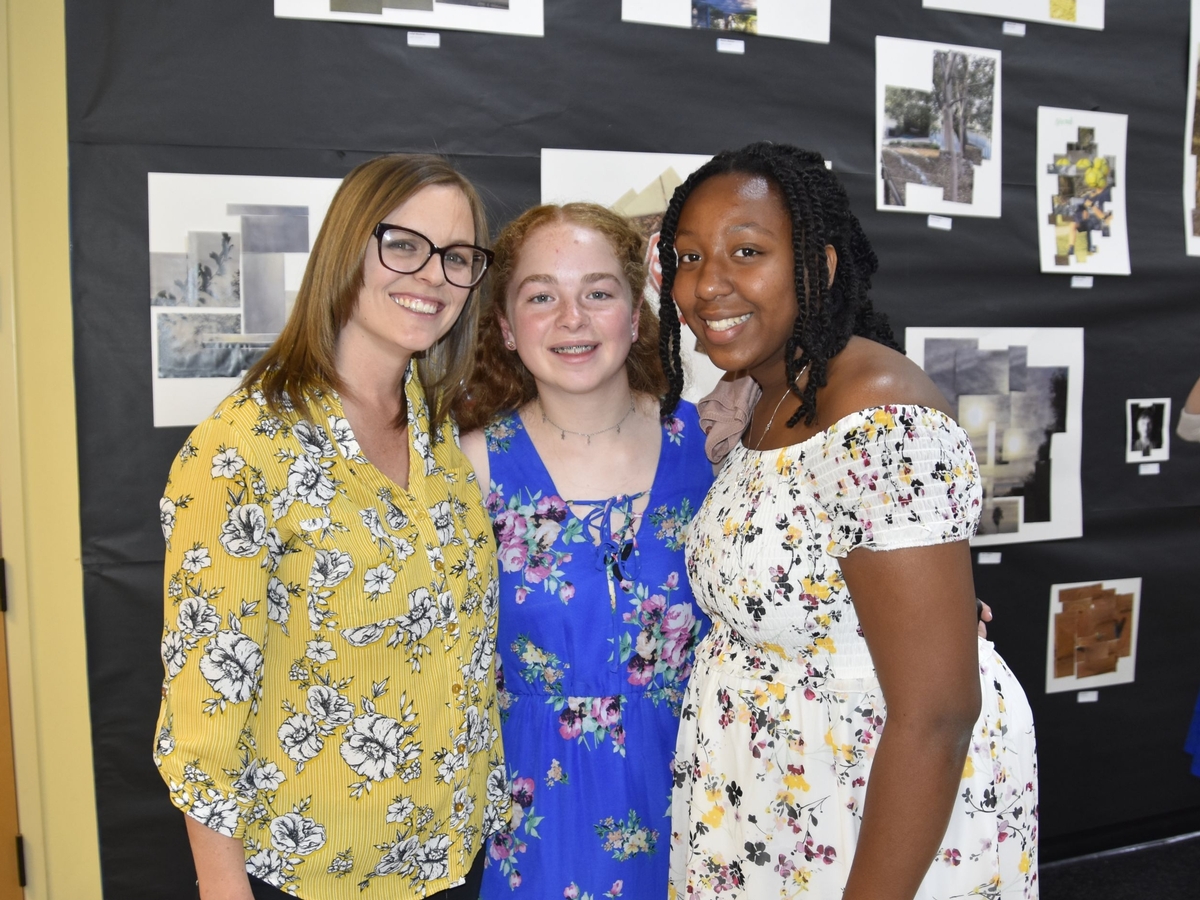The Case for More Arts Classes in School

My third-grade teacher, Mrs. Taylor taught all the core subjects, but she also dedicated time to teaching her students about famous artists and having us participate in a variety of art projects. I loved coming to school and recreating Van Gogh’s Irises and Picasso’s Weeping Woman; I enjoyed making abstract art using interesting colors and shapes and I reveled in the deeper level art discussions we had. Twenty-five years later, I still have vivid memories of that special time that led me to the career that I practice today. My love of the arts began at an earlier age but my passion to teach art started in Mrs. Taylor’s third-grade class.
Arts are considered “enrichment” in many school communities. However, if you look up the definition of enrichment, it is the action of improving or enhancing the quality or value of something. Visual art, music, theater, film, dance and many other forms of artistic expression, enhance the quality of education and the lives of our students. Now more than ever, our children yearn for opportunities to express their feelings, to relieve the stress produced by the pandemic, and to connection with the world during this time of isolation.
Arts are essential in any curriculum, but this is especially true within a virtual environment. A poll taken in 2018 by Americans for the Arts titled, “Americans Speak Out About The Arts,” indicated that 91% of those surveyed believed the arts should be part of a well-rounded K-12 education, 94% believed the arts should be taught in grades K-12, 81% believed the arts are a positive force in the world, and 72% believed that the arts unify us regardless of age, race, and ethnicity*. These findings suggest the arts improve one’s environment and community, and that advocating for arts programs should be a priority during a time when positivity and equity are of the utmost importance.
Research also suggests that participation in the arts improves overall test scores, promotes the ability for students to react positively to constructive criticism, and builds resiliency. Such participation also develops critical thinking and problem solving techniques that can be applied to various subjects and real world experiences. Students who learn to solve problems as they create art learn to solve problems creatively in other situations too. Research also tells us that children who participate in arts programs not only display more sophisticated social skills, such as sharing and collaboration, but their levels of anxiety, shyness and aggressive behavior are reduced.** Limiting student art experiences thus affects performance in core subjects, and their social and emotional development.
What we are left with is basic fact that students enjoy coming to their art classes. They need time to exercise and enjoy the results of their creativity. They relish the opportunity to solve problems, and to produce and display completed artwork. Students thrive when given the freedom to showcase a creation that communicates their style, beliefs, and personality to the world. Arts nourish the soul and support the personal development and wellbeing of our children.
As in Mrs. Taylor’s third-grade classroom, Gooden students expect and are expected to learn not only core and co-curricular academic subjects; they are encouraged to pursue more, to be inquisitive, and to nurture their creativity. This is my goal as a teacher, a parent, a community member, and a human being.
Samantha Dominguez has been teaching for 12 years, six of which have been as the art director at the Gooden School. Samantha grew up in Los Angeles and attended California State University, Northridge where she received her bachelor’s degree in art education. She continued her teaching career by completing her Single Subject Credential in art, her Multiple Subject Credential, as well as her master’s degree in education. Samantha teaches with the philosophy that the process, not the product, is the key to growing as an artist and to learn from constructive criticism and mistakes. She has spent the last six years developing the art curriculum and implementing the standards for a successful art program.
*What Americans Believe About the Arts. 1000 Vermont Ave., NW 6th Floor, WA: Americans for the Arts.
** The Arts in Early Childhood: Social and Emotional Benefits of Arts Participation (Rep.). (2015). 1100 Pennsylvania Avenue, WA: National Endowment for the Arts.

